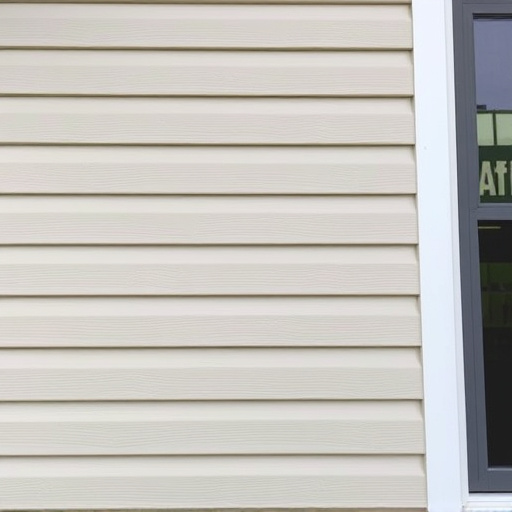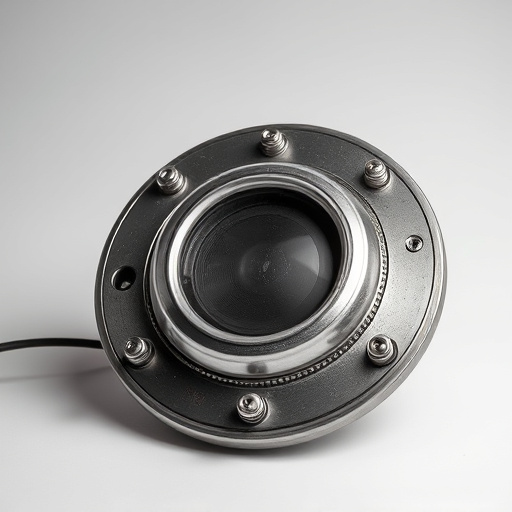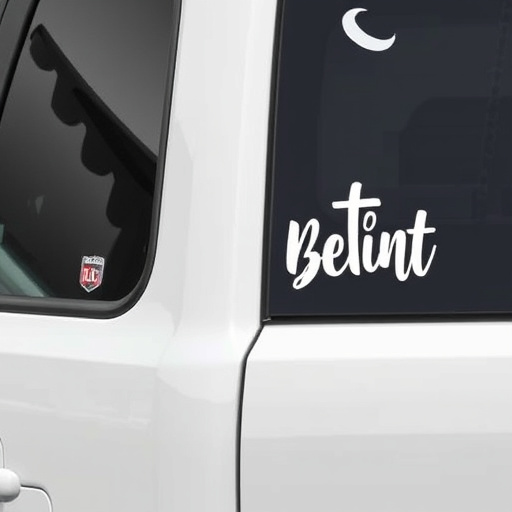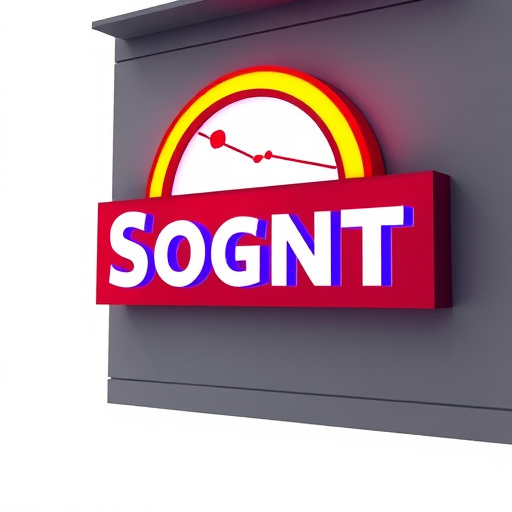Before beginning a signage design installation, clearly define project goals, understand client needs (e.g., brand visibility, vehicle protection), research target audience, and consider aesthetic and practical requirements (like scratch protection). This initial phase, including site assessments and stakeholder communication, ensures the final design aligns with expectations for successful, durable, and impactful signage.
Planning a successful signage design installation project requires a well-defined timeline. This comprehensive guide outlines essential steps from initial understanding to ongoing maintenance. First, define project goals, identify target audiences, and determine location and size constraints. Next, create design concepts, select materials, and obtain permits. Develop an installation schedule, arrange logistics, and establish maintenance protocols. By following this structured approach, you’ll ensure a seamless process for your signage design installation, delivering impactful messages to your intended audience.
- Understanding Project Goals and Scope
- – Define project objectives and requirements
- – Identify target audience and message
Understanding Project Goals and Scope
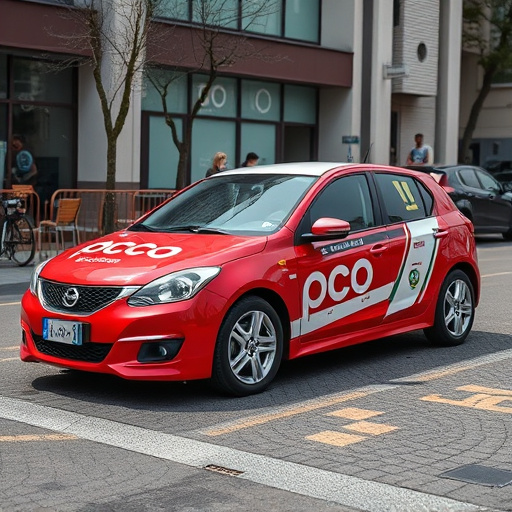
Before diving into the intricate process of signage design installation, it’s crucial to grasp the project’s goals and scope. This initial phase serves as the foundation, ensuring every subsequent step aligns with the desired outcome. Understanding the client’s vision, target audience, and specific requirements is paramount. For instance, a business might aim to enhance brand visibility through eye-catching digital signage while considering factors like vehicle protection or ceramic window tinting for outdoor displays.
The scope of the project should encompass not just the physical installation but also any pre-installation preparations, such as site assessments and permitting, and post-installation tasks including maintenance and support. By clearly defining these boundaries, the team can effectively navigate the signage design process, ensuring a successful and durable solution that meets both aesthetic and practical needs, including scratch protection for enhanced longevity.
– Define project objectives and requirements
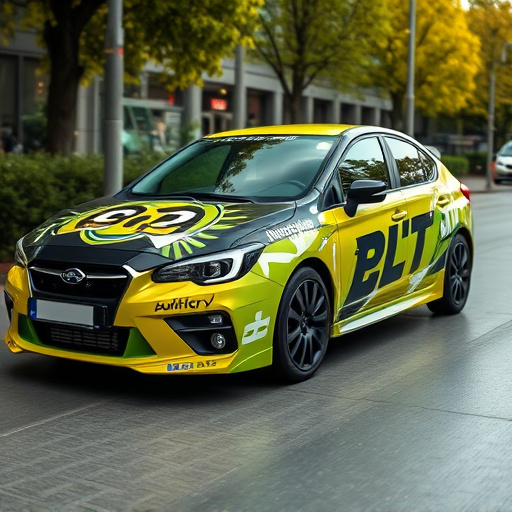
Before initiating a signage design installation project, it’s paramount to clearly define its objectives and requirements. This involves understanding the client’s vision and goals for the signage, be it to enhance brand visibility, direct customers to specific services or locations, or create an aesthetic appeal that aligns with the establishment’s image. For instance, when planning a signage design for a premium automotive service center, the focus might shift towards creating visually stunning displays that reflect the sophistication of the vehicle enhancement services offered.
The project scope should encompass various factors such as the type of signage (e.g., wayfinding, promotional, informational), materials to be used, size and dimensions, placement locations, and any technical requirements like lighting or digital displays. Additionally, for professional PPF (Paint Protection Film) installation projects, the signage design should integrate this vehicle enhancement feature seamlessly, ensuring both aesthetic appeal and durability. Effective communication with stakeholders and thorough research on industry standards are key to achieving a successful signage design installation that meets all specified needs and expectations.
– Identify target audience and message
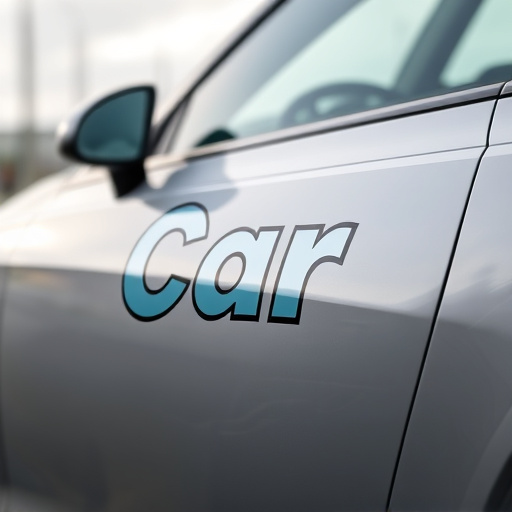
Before diving into the intricate process of a signage design installation project, it’s crucial to begin with a clear understanding of your target audience and the message you aim to convey. This initial step is pivotal for ensuring that the final product resonates with your intended viewers and effectively communicates your brand or business identity. Firstly, define who your primary audience is; are they potential customers passing by on the street or specific demographics within a certain age group? Understanding their characteristics will shape the design’s aesthetic and tone.
Additionally, consider any unique selling points or services you offer that set you apart from competitors. Incorporating these aspects into the signage design can be as simple as including distinctive visuals or catchy taglines that highlight benefits like ceramic window tinting, vehicle wraps, or scratch protection—features that not only enhance aesthetics but also serve practical purposes, adding depth and value to your overall marketing strategy for a successful signage design installation.
Planning a successful signage design installation requires a strategic timeline. By understanding your project’s goals, defining objectives, identifying target audiences, and tailoring messages accordingly, you can ensure a well-executed signage design that captivates and communicates effectively. Remember, a meticulous approach to each phase, from conception to installation, is key to delivering impactful visual solutions.



